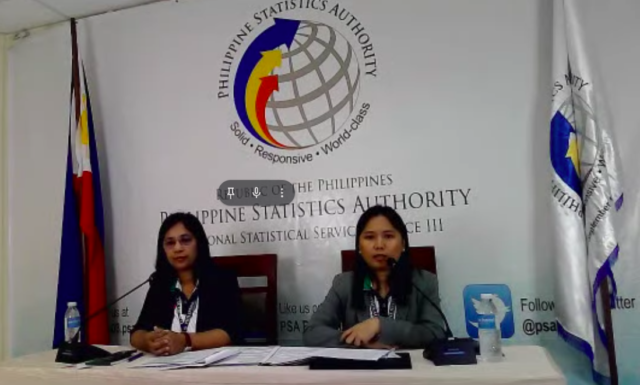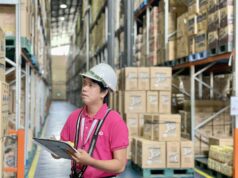
CITY OF SAN FERNANDO, Pampanga (PIA) — Philippine Statistics Authority (PSA) will employ Computer-Assisted Personal Interview (CAPI) and Artificial Intelligence (AI) in the conduct of the 2022 Census of Agriculture and Fisheries (CAF) nationwide from September 4 to October 25.
It is the first census in the Philippines to utilize tablets in recording responses of the target population among households and barangays.
PSA Region 3 Chief Statistical Specialist Arlene Torrico said this cutting-edge approach will not only ensure accuracy but also expedite the processing of results paving the way for quicker access to crucial data.
Target respondents for households include operators of crops, livestock, poultry, insects/worms culturing, aquaculture, or fishing activity while respondents for barangays cover incumbent village officials.
While PSA rolled-out the use of CAPI, Torrico noted that enumerators may still administer other methods such as Paper-and-Pen Interview, telephone interview or self-administered questionnaire in case of a technical problem or connectivity issue.
A total of 1,200 enumerators, 244 team supervisors, 85 census area supervisors, and 85 assistant census area supervisors will be deployed in the entire region for the conduct of the survey.
Additionally, Torrico highlighted the use of AI for 2022 CAF in collaboration with the Advanced Science and Technology Institute of Department of Science and Technology.
“This joint project covers object detection, mapping, and count or area estimation of selected major crops and aquafarms in the country using remote sensing, AI, and earth observation data in support of the conduct of CAF 2022,” she explained.
The utilization of remote sensing data coupled with AI algorithms is highly beneficial as it facilitates the identification of areas for census saturation, and improvement of the accuracy of AI models in detecting crop and aqua farms.
“Inputs will be used in the development of statistical frames for agriculture and aquaculture surveys,” she stressed.
Features of interest and outputs were the area size of palay and sugarcane farms; number of scattered mango and coconut trees; area size of mango and coconut plantations; and surface area of fishponds, fish pens, and fish cages.
For her part, PSA Regional Director Arlene Divino explained that the data collected and generated from 2022 CAF is envisioned to assist key players and planners of the sector in crafting more responsive and tailored fit programs that will stir development growth.
“We envision providing the policy-makers and planners with updated data on agricultural statistics, latest structure of the agriculture sector, status of farm operators, and other information on agriculture and fishery,” she noted.
She added that 2022 CAF aims to provide an updated sampling frame which will serve as a source of samples for various agricultural surveys of PSA.
2022 CAF is the seventh in a series of decennial agricultural censuses, and sixth in the decennial census of fisheries in the country since 1903.
It is conducted every 10 years by Executive Order No. 352, series of 1996 to collect data on the sectors of agriculture and fishery. (CLJD/TJBM-PIA 3)



